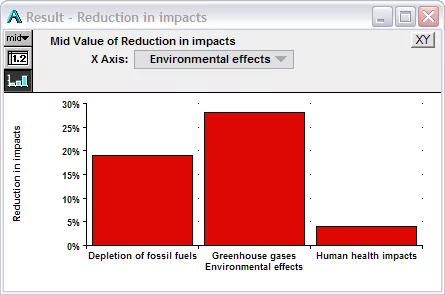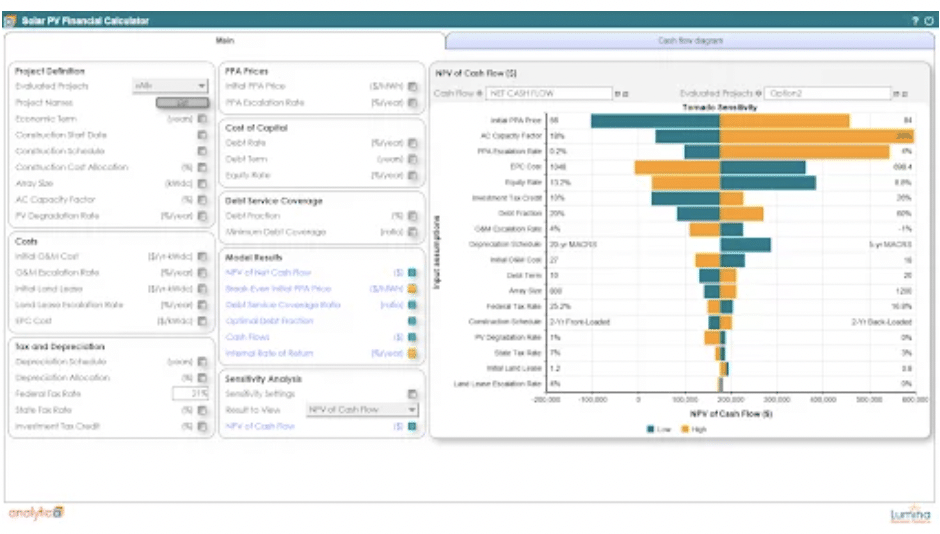
For this to be practical, they need a convenient way to assess these environmental impacts. To meet this need, Sylvatica created the Environmentally Preferable Purchasing tool for the Texas Commission on Environmental Quality.
The challenge
An effective way we, as individuals or organizations, can help the environment is “green purchasing” — we can choose to buy products and services with lower negative effects on the environment.
How can we know which those products are? Life cycle assessment has emerged as a robust scientific method for comparing the full range of impacts of a product, from cradle to grave — that is from the environmental impacts of the raw materials and energy used to manufacture it, of those used to operate it, and those used when disposing or recycling it at the end of its life.
For example: A coffee maker with a glass carafe takes fewer resources to manufacture than one with an insulated double-walled stainless steel carafe, and it has a lower purchase price — but, over its operating life, the insulated carafe uses much less electricity for heating. So, it may have a lower total lifecycle cost, to the environment and to the purchaser.
Standard approaches to life cycle assessment have been expensive, time consuming, and difficult to implement — even for large companies. The goal of this project is to develop a tool to make it easier for small and medium companies to compare the environmental costs of the products they need, so that they can consider those issues when making their purchasing decisions.
Why Analytica?
“We chose Analytica for several reasons: First, it was relatively easy to create the model in Analytica. Once created, the model could then be run by anyone, using the free version of Analytica.”
“Another requirement of the project was that it be open-source. The goal is that anyone can view the model details with the free version of Analytica, or improve or add functionality to the model. Its ease of implementation and flexibility made it an easy decision.”
– Greg Norris, PhD, President, Sylvatica.
The solution
The Environmentally Preferable Purchasing (EPP) tool enables small and midsize organizations to assess the environmental impacts of the products and services they purchase each year. It allows them to compare changes to their purchasing strategies from year to year.
Impacts evaluated include depletion of nonrenewable resources – such as minerals, fossil fuels, and land use — and waste or pollutant emissions to water or air, including respirable particulate matter, ecotoxicity, ozone depletion, and greenhouse gases.
It takes as input the quantities of products purchased by the organization, using standard classifications such as the National Institute of Government Purchasers (NIGP). It multiplies these quantities by factors to calculate the quantities of raw materials used and their environmental effects.

The EPP model will be open-source — that means that its source code is freely available — so that others can make enhancements and improvements.
Developers could, for example, import and use life-cycle assessment (LCA) data from other countries or regions, or add other LCA methods.
Authors & sponsors



The EPP Prioritization tool was developed by Sylvatica under subcontract to the University of New Hampshire, in cooperation with the Texas Commission on Environmental Quality and U.S. Environmental Protection Agency (EPA), financed through grants from the EPA





